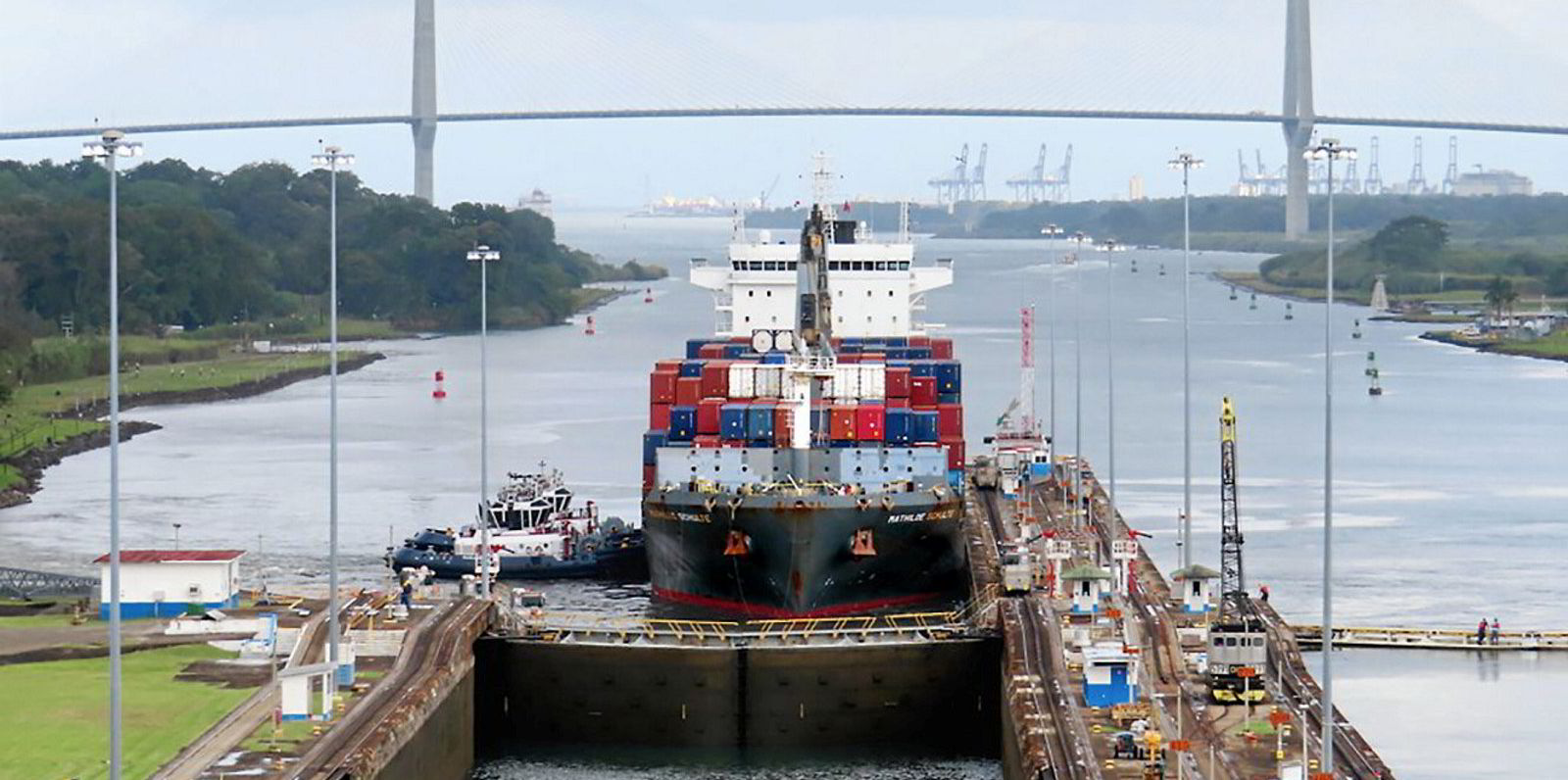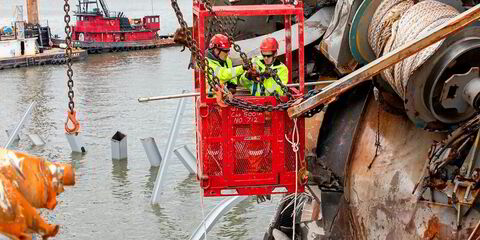The alleged Iranian spy ship said to be feeding Houthi militants with information on commercial vessels has been resupplied, with some help from China, security sources tell TradeWinds.
The 23,176-dwt multipurpose vessel Behshad (built 1999) was anchored off Djibouti City and the Chinese military base roughly 9 km (5.6 miles) to the west for much of this month and took on supplies on four occasions, Neptune P2P Group compliance chief Chris Long said.
“There’s obviously some collusion going on there between Iran and China,” he said.
“The Behshad has been visited by four Iranian cargo vessels in the last month. For what reason? You can only guess, whether it’s dropping off supplies or weapons. Whatever it’s doing, it’s operating.”
The Dubai-based security provider identified the Behshad in late January, following its move from the Red Sea to the Gulf of Aden.
It said the vessel was “highly likely to be providing the Houthis intelligence and targeting information” as they launched attacks beginning in mid-November.
It arrived in the waters south of Yemen on 11 January, according to automatic identification data, which Neptune P2P said was an indication that further Houthi attacks could be focused there.
But the vessel ended up in Djiboutian waters on 3 February, staying until 19 February before returning to the Gulf of Aden.
The move coincided with an increasing Western military presence in the region and a lull in attacks against ships, which have since picked up.
Long noted the speculation that Chinese ships are able to use either the Red Sea or the Gulf of Aden apparently without fear of attack and other companies are allegedly paying the Houthis to ensure safe passage.
He said some crews are taking other steps.
“[Then you’ve got] spoofing on AIS, saying ‘we have an all-Muslim crew, no US on board’. All those sorts of things are being put on AIS,” he said.
But further mitigation measures can be hard to come by, Long admitted.
He said armed guards can prevent a ship from being boarded by helicopter, as the 5,100-ceu Galaxy Leader (built 2002) was in November, or can scare off would-be attackers approaching by boat, but are not effective against drone or missile attacks.
“AIS doesn't seem to matter ... because these guys are researching those vessels, looking back a month to where it was a month ago that they can then find out where that who owns that vessel from that information,” he said.
Long and Neptune P2P recommend that if ships use the Suez Canal, crews are kept off the deck and inside the ship in safe areas in the citadel or close to the middle of the vessel.
“We’re talking about a 12-hour transit there, so you could reduce your manpower, keeping most of the manpower within the citadel … for that 12-hour transit,” he said.(Copyright)





